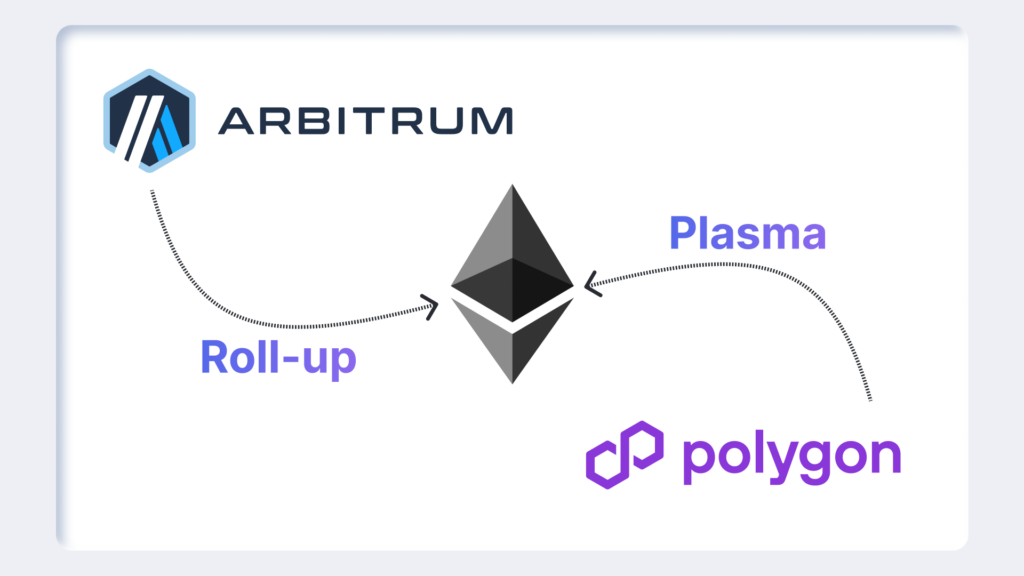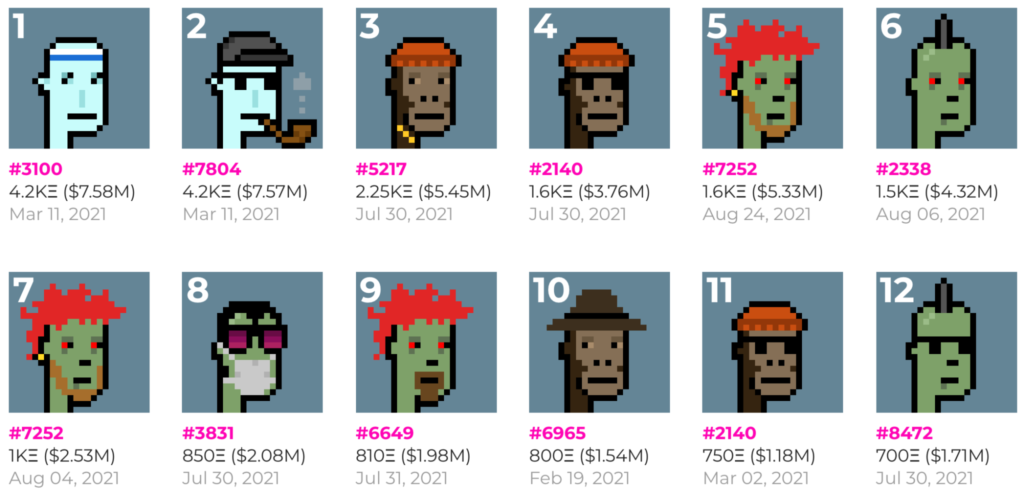When Vitalik Buterin drops a weekend forum post, the Ethereum brain trust listens—and this one lands like a thunderclap. Writing on the Ethereum Magicians board, the network’s co‑founder pitched a wholesale replacement of the Ethereum Virtual Machine—the 2015‑vintage engine that executes every smart contract—with RISC‑V, an open‑source chip architecture famous in hardware circles but almost unheard‑of on public blockchains.
Why ditch the EVM?
The EVM is battle‑tested; its bytecode powers DeFi, NFTs and countless layer‑2s from Arbitrum to Coinbase’s Base. Yet it also locks Ethereum into an aging instruction set that complicates zero‑knowledge rollups and drives gas costs when computations get heavy. Buterin argues that porting execution to RISC‑V could deliver “efficiency gains over 100×” for cryptographic workloads, trimming fees and clearing a path to genuine mass adoption.
What makes RISC‑V special?
Born at UC Berkeley in 2010, RISC‑V (pronounced “risk five”) is a reduced‑instruction‑set computer design: lean, modular, royalty‑free. In hardware it lets start‑ups spin custom chips without paying ARM or Intel. On Ethereum, Buterin sees three superpowers:
- Native cryptography modules—complex signature schemes run near bare‑metal speed.
- Simplicity—fewer opcodes mean lighter clients and easier formal verification.
- Extensibility—developers can add new instructions as crypto advances, without hard‑fork chaos.
Polkadot and a handful of research chains toy with RISC‑V, but no network of Ethereum’s scale has attempted a migration. Buterin likens the effort to Beam Chain (formerly Rollup‑Centric Roadmap) that restructures consensus: a marathon, not a sprint.
The migration maze
Shifting tens of billions in value off the EVM is non‑trivial. Every Solidity contract assumes EVM opcodes; every tooling stack from Hardhat to Tenderly speaks its language. Buterin sketches a phased coexistence: a new RISC‑V execution engine runs in parallel, bridged to classic EVM by translators. Popular layer‑2s could pilot the system first, giving wallets and explorers time to adapt.
Critics warn that fragmentation could break composability—the magic glue letting Uniswap flash‑loan into Aave in a single transaction. Buterin counters that standardizing on a global RISC‑V spec now will avoid the piecemeal, bespoke VM designs already proliferating across L2s.
Context: Ethereum in self‑reflection
The proposal surfaces as Ethereum digests slowing on‑chain volumes and a token price lagging fast‑moving rivals like Solana. The Ethereum Foundation recently reshuffled leadership amid complaints the ecosystem had lost narrative clarity. Buterin’s RISC‑V gambit offers a bold, if arduous, roadmap: rip out technical debt, simplify the stack, and outrun fee competition not by patching the EVM but by replacing it.
Adopting RISC‑V would rewrite Ethereum’s execution DNA, freeing developers from a decade‑old sandbox and slashing computational overhead—all while testing the community’s appetite for radical change. If the ecosystem embraces the risk, the next industrial‑grade Ethereum could run on open silicon logic rather than legacy bytecode, restoring the network’s reputation as crypto’s relentless innovator.


